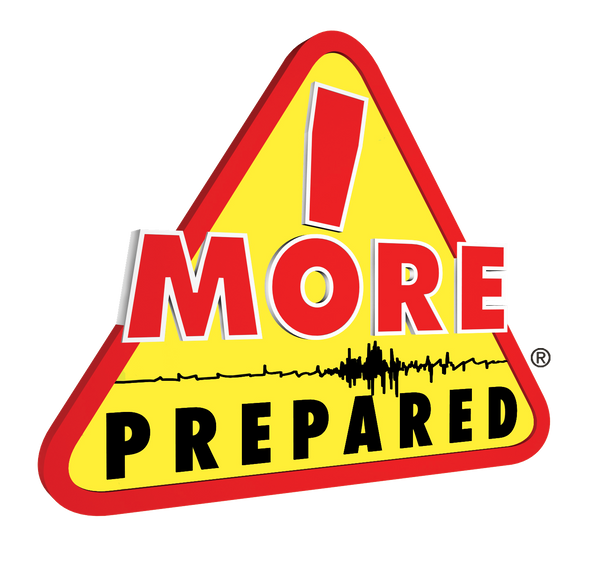
Preparing for Shelter-in-Place
Shelter-in-Place is a precautionary emergency procedure that may be employed in response to an imminent threat. Many hazards can trigger a shelter-in-place such as an accidental or intentional release of a hazardous material into the atmosphere, an extreme weather emergency, a terrorist incident, or a pandemic flu outbreak. It requires you to take immediate shelter wherever you are, whether at home, school, work or in your car. You will want to seal off any openings such as windows and doors to prevent outside contaminants from coming in. It is a temporary measure to be used until the threat has passed or an evacuation can take place. Learn more about how to shelter-in-place in different environments.
At Home
Follow the instructions of first responders, close and lock windows and exterior doors, window shades, blinds and curtains. Turn off fans, heating and air conditioning systems and close fireplace dampers. Go to an interior room preferably above ground level and without windows. Bring all residents and pets into the room. Use duct tape and heavy plastic sheeting to seal doors and windows. Listen to radio for emergency information. Remain in sealed room until shelter-in-place is lifted or evacuation orders are issued.
At Work
Follow the instructions of first responders. Close the business and lock doors and windows. Turn off fans, heating and air conditioning systems and close any vents to the outside. Move to an interior room, preferably windowless and above ground. Bring everyone into the room, including customers. No one should leave. Unless there is an imminent threat, people in the room should call someone they know to let them know where they are and that they are safe. Ideally, use a land line to make phone calls. Use duct tape and heavy plastic sheeting to seal doors and windows. Record the names and emergency contact information for everyone in the room. Listen to radio for emergency information. Remain in sealed room until shelter-in-place is lifted or instructed to evacuate.
At School
Follow the shelter-in-place procedure instructions of first responders. Close the school. Instruct students, faculty and staff to come indoors. Visitors should be instructed to remain at the school. No one should leave. Close and lock exterior doors and windows. Qualified staff members should turn off fans, heating and air conditioning systems. Move everyone to an interior room, preferably windowless and above ground. Avoid overcrowding. Use multiple rooms as necessary. Use duct tape and heavy plastic sheeting to seal doors and windows. Write down the names of everyone in the room and report to the school's designated emergency contact person. Ideally, the school's public address system should be used to provide emergency information and rooms should have a land line for outside contacts during the emergency. If a land line is not available, students may use cell phones to contact a parent to let them know where they are and that they are safe. Remain in the room until school officials lift the shelter-in-place order or issue evacuation instructions.
In a Vehicle
If close to home, work or public building, go immediately inside. If unable to shelter in a building, pull to the side of the road, preferably under a bridge or in a shady spot and stop the car. Turn off the car. Close windows and vents. If possible, seal heating and air conditioning vents with tape or plastic. Listen to radio for emergency information. Remain in place until shelter-in-place is lifted or instructed to evacuate.
How to Be More Prepared
Make shelter-in-place preparation a part of general emergency planning. Designate a room in the home and workplace for use in the event of a shelter-in-place event. Locate heating and air conditioning shut off switches. When preparing for shelter-in-place, keep well-stocked, up-to-date survival kits in the home, business and vehicles. Maintain a supply of emergency food and water as well as duct tape and plastic sheeting for use in sealing a room. Keep a radio and flashlight on hand (preferably non battery-operated).
